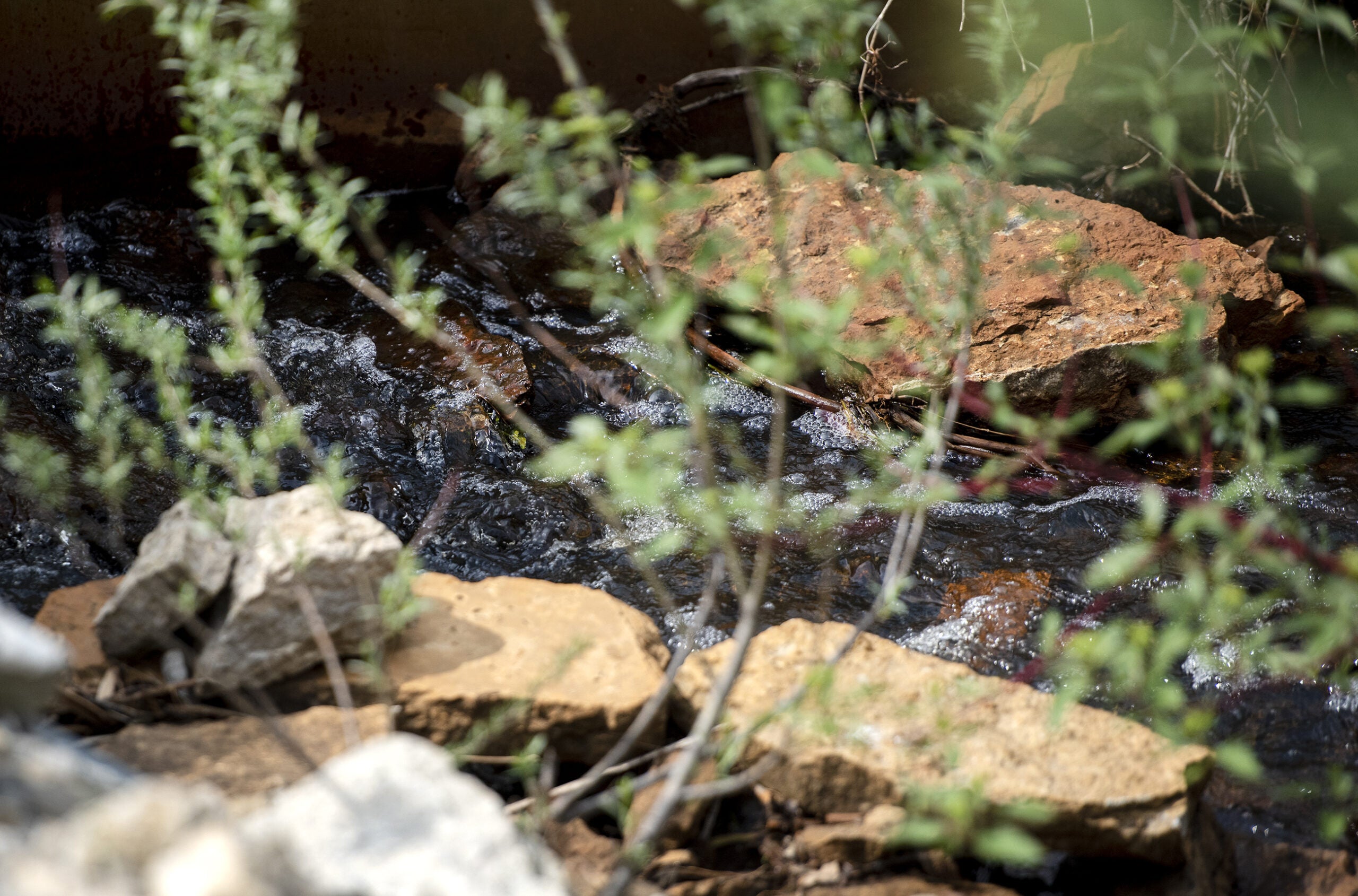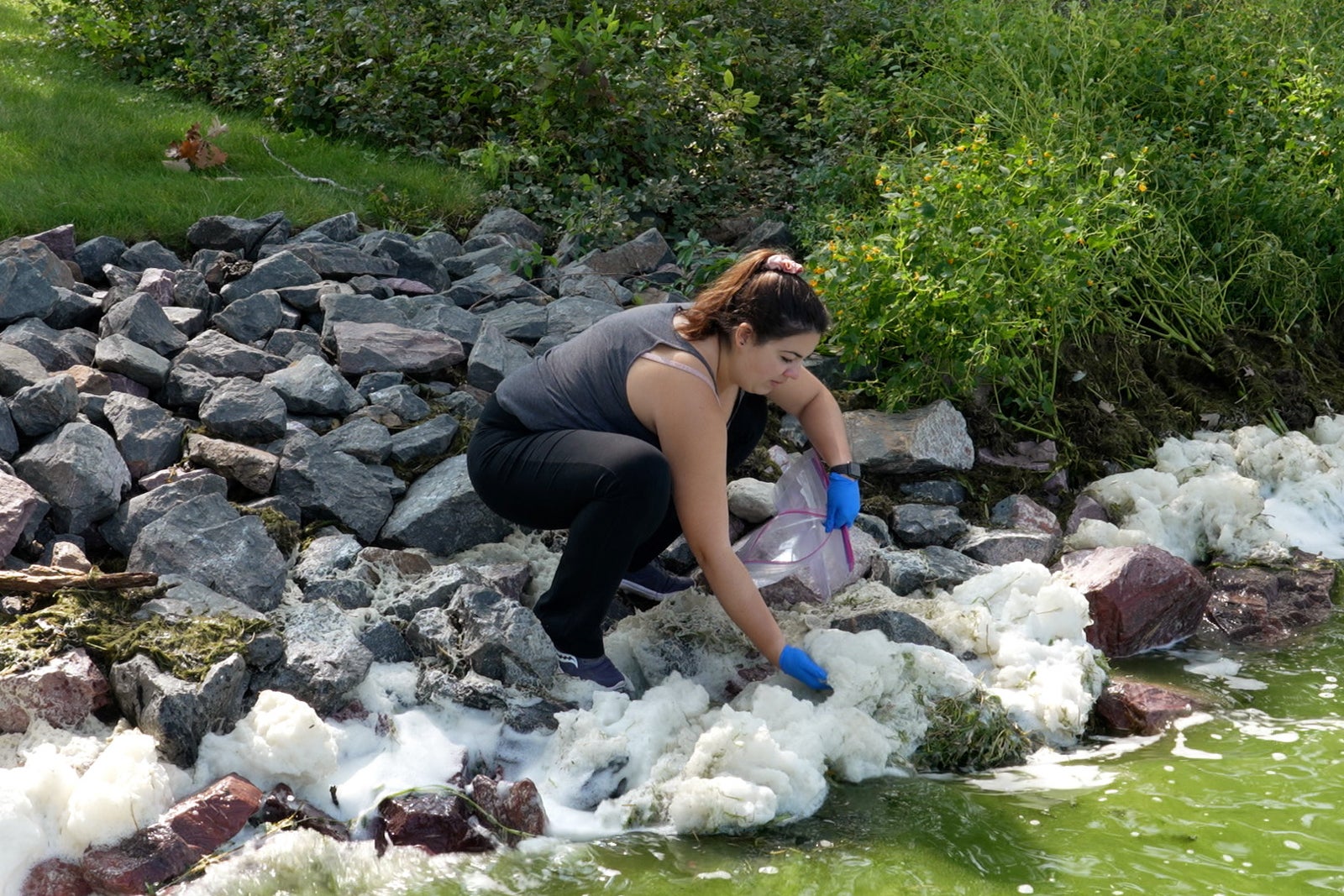The state Natural Resources Board has unanimously approved allowing the Wisconsin Department of Natural Resources to begin drafting regulations to enforce restrictions on firefighting foam that contains chemicals known as PFAS.
Perfluoroalkyl and polyfluoroalkyl substances, commonly referred to as PFAS, are chemicals that are found in products ranging from firefighting foam to nonstick cookware. The chemicals have raised concerns because they don’t break down easily in the environment, and research has linked the substances to thyroid disease, decreased fertility in women and cancer.
Gov. Tony Evers signed a bill earlier this year that bans the use of firefighting foam containing PFAS except in emergencies. The bill also allows testing and storage under specific conditions. The DNR must come up with regulations to put the restrictions in place by September.
Stay informed on the latest news
Sign up for WPR’s email newsletter.
Kate Strom Hiorns, the agency’s solid waste section chief, said fire departments can still store and contain firefighting foam that contains PFAS. They’re not required to dispose of it.
“What the rulemaking is intended to do is clarify record-keeping requirements if a facility does possess that foam,” said Strom Hiorns. “It will include requirements to notify DNR when PFAS-containing foam is discharged to the environment so proper cleanup measures can be implemented, and it will include appropriate containment treatment and disposal guidelines intended to keep PFAS compounds out of the environment.”
There would be cost for disposing of the foam if departments choose to do so.
The DNR has been surveying fire departments to see if they are storing firefighting foam that contain PFAS. The agency is finalizing the results of that survey and hopes to provide their findings by July.
The Wisconsin Fire Chiefs Association has noted that lawmakers did not pass legislation that would provide financial assistance to departments in disposing of PFAS-containing foam.
The anticipated economic impact of the rule is expected to be less than $5 million per year, according to the board’s agenda documents. Strom Hiorns said they’re not expecting an annual economic impact from the regulations. However, there may be costs related to storage and disposal.
The Wisconsin Fire Chiefs Association has estimated it would cost $50 per gallon to collect and dispose of foam, while replacing foam is expected to cost $35 per gallon.
Wisconsin Public Radio, © Copyright 2025, Board of Regents of the University of Wisconsin System and Wisconsin Educational Communications Board.





